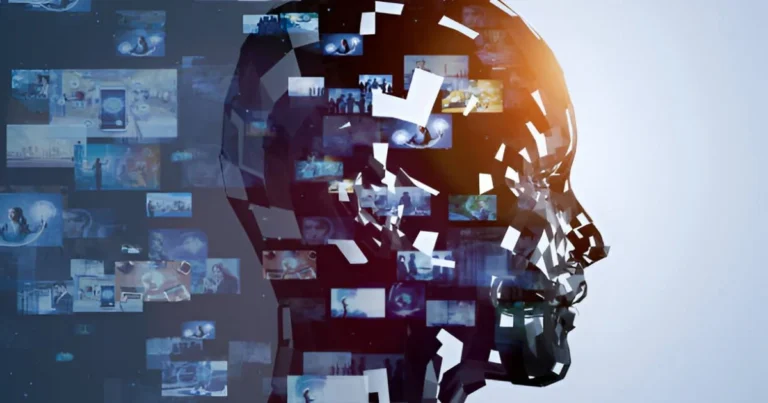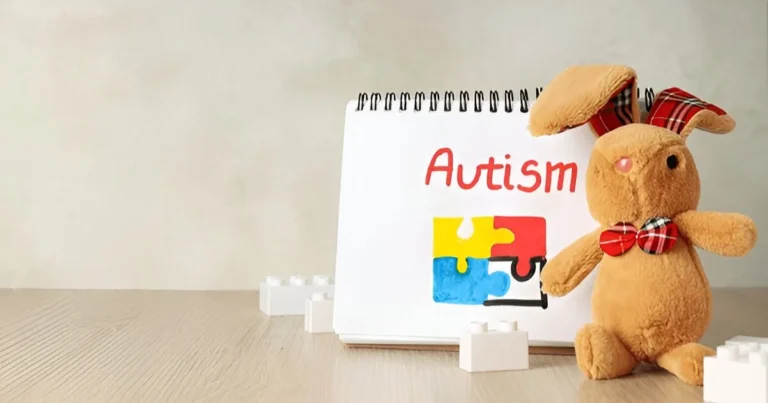Contagious moods: How we feel what others feel
We’ve all experienced it, leaving a room feeling inexplicably lighter, simply because the atmosphere was cheerful. Or conversely, entering a space where something felt off, an invisible tension lingering in the air, and suddenly feeling uneasy without knowing why. What others feel, in a strange and almost magical way, ends up affecting us. But why are we so sensitive to the emotions of others? Is it a weakness, a strength, or simply a necessity for social life?
Our ability to pick up on, absorb, and sometimes amplify the moods around us connects us far beyond words. It reveals a deeply rooted mechanism of human interaction: emotional contagion. This spontaneous and often unconscious transfer of emotions is one of the earliest forms of communication in our species.
Mirror neurons: How we internalize others’ emotions
Emotional contagion refers to the process by which an emotion experienced by one person is transmitted to another. This can be observed instinctively from birth: a newborn’s cries often trigger crying among nearby infants. Though seemingly trivial, this mimicry stems from complex neural mechanisms.
At the core of this process are mirror neurons, discovered in the 1990s by a team led by Giacomo Rizzolatti at the University of Parma. These neurons activate not only when we perform an action ourselves but also when we observe someone else performing it. They allow us to mentally simulate not just actions, but also the emotional states of others. Their activation facilitates the recognition of facial expressions, the understanding of intentions, and crucially, emotional alignment.
When we see someone smile, our facial muscles unconsciously mirror that expression. This process, known as mimicry reflex, goes beyond behavioral imitation. It also triggers internal changes, particularly in neural circuits related to emotion. Simply smiling activates brain regions associated with pleasure, such as the nucleus accumbens, generating a positive sensation. In this way, observing someone else’s emotion becomes a shared experience, an emotional mirror.
But emotional contagion isn’t limited to shared joy or contagious laughter. Negative emotions like fear can also spread, often without our awareness. One notable study, led by Tania Singer at the Max Planck Institute for Human Cognitive and Brain Sciences, revealed how stress can be transmitted through mere observation. The research aimed to understand how the tension of one person could provoke a physiological response in someone simply witnessing it.
🔗 Read also: Happiness and the brain: Can wellbeing slow cognitive decline?
Participants were exposed to stress-inducing situations while being observed by either a loved one or a stranger. Remarkably, 26% of observers showed a significant increase in cortisol levels, a key stress hormone, even though they weren’t directly involved. This emotional resonance was stronger when the observer knew the person under stress but remained measurable even when the observer was a stranger.
These findings underscore the critical role of empathy in emotional contagion. When the brain perceives another’s distress, it activates a specific network: notably the medial prefrontal cortex, involved in understanding intentions and mental states, and the anterior cingulate cortex, essential for processing painful emotions. When confronted with someone else’s suffering, our nervous system doesn’t merely observe, it simulates and responds as if the emotion were our own.
Personality filters: Why some people absorb more than others
While emotional contagion is easy to spot in face-to-face interactions, it also extends far beyond physical proximity. Today, emotions travel through screens, amplified by the mechanisms of social media. A recent study published in the European Online Journal of Natural and Social Sciences investigated how personality traits and social comparison affect emotional contagion on digital platforms.
The researchers explored how traits like neuroticism (a predisposition toward anxiety) and extraversion (a tendency toward sociability) modulate an individual’s sensitivity to the emotional content encountered online.
Their findings were striking: both neuroticism and extraversion significantly predicted mood contagion. Individuals high in neuroticism were more susceptible to absorbing negative emotions, while extroverts were more responsive to positive emotional cues. In other words, emotionally vulnerable individuals were more likely to internalize negative moods circulating online, whereas socially engaged individuals were more attuned to uplifting content, briefly boosting their sense of well-being.
This study highlights an essential insight: our personality acts as a filter, shaping how we respond to social environments, whether virtual or real. It suggests that to better navigate emotionally saturated spaces, we should tailor emotion regulation strategies to individual psychological profiles.
🔗 Explore further: Who am i online? Rethinking identity in the social media era
From social neuroscience to everyday impact
Understanding the mechanisms of emotional contagion opens new perspectives, not only for social psychology but also for mental health and organizational dynamics. In the workplace, for instance, the mood of a leader, or even a single influential colleague, can ripple through the environment, affecting team cohesion, motivation, and productivity. These phenomena remind us that the brain is not a closed-off organ, but a profoundly permeable system, continuously shaped by the emotional signals it receives from others.
Through the lens of neuroplasticity, the brain’s ability to reorganize itself, repeated emotional exchanges can sculpt neural circuits, reinforcing patterns that can be beneficial or, conversely, harmful.
Emotional contagion, then, isn’t just a behavioral curiosity. It’s one of the invisible but essential pillars of social life, showing how our lives are emotionally interwoven. We absorb others’ moods just as we project our own. Irritation, sadness, and anxiety can spread insidiously, like a smoldering fire, but so can joy, enthusiasm, and kindness.
🔗 Discover more: Beyond appearances: Bridging authentic identity and self worth
Becoming aware of this dynamic is an invitation to recognize our emotional responsibility. Every word, gesture, or even moment of silence contributes to shaping the emotional climate we inhabit. We are both receivers and broadcasters of countless emotional states. Surrounded by positive individuals, our mood rises, often involuntarily. Our neurons adjust, our facial muscles respond, our breathing synchronizes, and our brain rhythms shift.
None of this is automatic, nor is it inherently good or bad. It depends on the context, the interactions, and the intentions that underlie them. As Robert Baden-Powell once quipped: “Happiness is contagious, like the measles.” Only this time, no vaccine is needed. On the contrary, we might do well to encourage this kind of contagion, to become healthy carriers of emotions that uplift, soothe, and connect.
References
Eleonora C et al. (2020). The impact of intimate partner violence on psychological well-being: Predictors of posttraumatic stress disorder and the mediating role of insecure attachment styles. European Journal of Trauma & DissociationIn press, 100151
Engert, et al. (2014). Cortisol increase in empathic stress is modulated by emotional closeness and observation modality. Psychoneuroendocrinology. 45:192-201.
Moussa, M. A., & Alenezi, A. K. (2022). Predictive Accuracy of Social Comparison, Five Big Factors of Personality on Mood Contagion among Social Networking Users of Universities Students. European Online Journal of Natural and Social Sciences, 11(3), 470-486.








